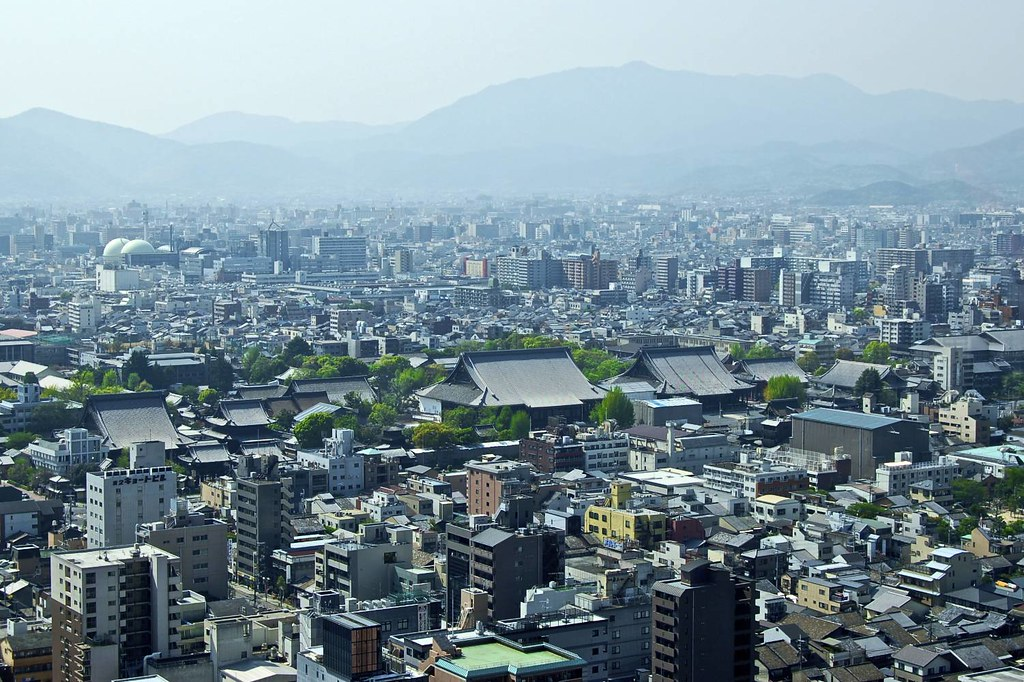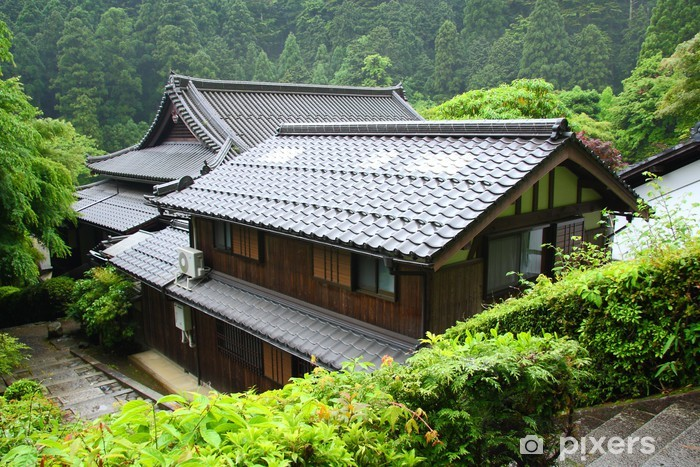1.1 Families in Different Societies
8 min read•june 18, 2024
Katelyn Lien
AP Japanese 🇯🇵
28 resourcesSee Units
Alphabets Galore
Welcome to AP Japanese Language and Culture! This course expects that students have taken previous Japanese classes or have extensive experience with the language before diving into the content, including hiragana, katakana, and kanji.
Hiragana (ひらがな)
Hiragana is one of the 3 alphabets used in Japanese. It consists of the basic characters used to form words together. It's the foundtion for the language. Each letter has a designated stroke order in which the character must be written in.
Watch this video for a visual: https://youtu.be/Uwaf6V91WnA
Watch this video for a visual: https://youtu.be/Uwaf6V91WnA
For a refresher, below is the entire hiragana alphabet split up by vowels:
A
a = あ
ka = か
- ga = が (か with tenten)
sa = さ
- za = ざ (さ with tenten)
ta = た
- da = だ (た with tenten)
na = な
ha = は
- ba = ば (は with tenten)
- pa = ぱ (は with tenten)
ma = ま
ya = や
ra = ら
wa = わ
I
i = い
ki = き
- gi = ぎ (き with tenten)
shi = し
- ji =じ (し with tenten)
chi = ち
ni = に
hi = ひ
- bi = び (ひ with tenten)
- pi = ぴ (ひ with tenten)
mi = み
ri = り
U
u = う
ku = く
- gu = ぐ (く with tenten)
su = す
- zu = ず (す with tenten)
tsu = つ
nu = ぬ
fu = ふ
- bu = ぶ (ふ with tenten)
- pu = ぷ (ふ with tenten)
mu = む
ru = る
yu = ゆ
E
e = え
ke = け
- ge = げ (け with tenten)
se = せ
- ze = ぜ (せ with tenten)
te = て
- de = で (て with
ne = ね
he = へ
- be = べ ( へ with tenten)
- pe = ぺ (へ with tenten)
me = め
re = れ
O
o = お
ko = こ
- go = ご (こ with tenten)
so = そ
- zo = ぞ (そ with tenten)
to = と
- do = ど (と with tenten)
no = の
ho = ほ
- bo = ぼ (ほ with tenten)
- po = ぽ (ほ with tenten)
mo = も
ro = ろ
wo = を
special character with no vowel: n = ん
Katakana (カタカナ)
Katakana is another one of the alphabets used in Japanese. Its letters mirror those of hiragana, but it is used for words borrowed from other languages and cultures outside of Japan. These are mostly English words, but they can also be French, German, or Spanish.
Example:
icecream = a-i-su-ku-ri-mu (アイスクリム)
Kanji (漢字)
Kanji is the final and most difficult alphabet used in Japanese. It consists of symbolic characters borrowed from the Chinese language. Kanji letters may stand alone or be attached to words, and they may have different pronunciations depending on which letters surround them. Since this course requires previous experience the Japanese language, you are expected to know the pronunciation and translation of the standard 2,000 kanji all adults are required to know to graduate high school in Japan.
Example:
「家 = か | ka」 + 「族 = ぞく| zoku」 = 家族 (family)
Family Foundations
👨👩👦 Families are an essential part of society. As you begin studying Japanese communities, you can ask yourself a few questions regarding Japanese families. Here are some guiding questions to help you get started:
- What does a typical Japanese family look like?
- How do families influence values, beliefs, and traditions in Japanese communities?
- What are some challenges that families face?
Kazoku (家族) - Family
Urban / Suburban
Japanese families usually consist of two parents and 1-2 children. A child will call their mother, Okāsan (お母さん), and their father, Otōsan (お父さん). Japan's land is quite limited because it is a small country, so suburban houses are very small. Therefore, families rarely have more than a few kids.
it is common for the husband to work outside of the home and for the wife to take care of the children and manage the household. However, this is not always the case, and there are many variations on the traditional model. Some couples choose to have both partners work outside of the home, and some families have single parents. In recent years, there has been a trend towards more equal distribution of household and child-rearing responsibilities between partners.
It is not uncommon for adult children to live with their parents even after getting married, and it is considered normal for elderly parents to live with their children. There is a strong tradition of filial piety in Japan, and taking care of one's parents in their old age is seen as a duty and a source of pride.
The nuclear family is the most common type of family in Japan. This consists of a married couple and their children living in the same household. However, extended families, consisting of multiple generations living under one roof, are also not uncommon.

Image Courtesy of Flickr
Rural
In rural areas of Japan, the traditional family structure is still quite common, with the husband working as a farmer or fisherman and the wife taking care of the children and managing the household. However, like in urban areas, there is a trend towards more equal distribution of household and child-rearing responsibilities between partners.
Extended families consisting of multiple generations living under one roof are more common than in urban or suburban areas. It is not uncommon for elderly parents to live with their children and grandchildren, and for adult children to remain in their parents' household even after getting married. There is a strong tradition of filial piety in Japan, and taking care of one's parents in their old age is seen as a duty and a source of pride.
Rural families are often involved in the community, and there is a strong sense of interdependence among neighbors. In some cases, multiple families may work together on a single farm or fishing boat, and there is often a sense of cooperation and mutual support within the community.

Image Courtesy of Pixers
Gender Roles
Japanese society has traditionally had strict gender roles, with men being the breadwinners and women taking care of the household and children. However, these gender roles have been changing in recent years, and it is becoming more common for both men and women to work outside of the home and for both partners to share household and child-rearing responsibilities.
That being said, there are still some traditional gender roles that persist in Japanese society. For example, it is common for men to be expected to take charge of financial matters and decision-making for the family, while women are often expected to take care of the children and manage the household. These expectations can vary depending on the individual family and the personalities of the individuals involved.
In general, Japanese society is more accepting of gender nonconformity than many other societies. It is not uncommon for men to be interested in traditionally "feminine" activities such as cooking and sewing, and for women to be interested in traditionally "masculine" activities such as sports and mechanics.
Elders and Filiel Piety
There is a strong tradition of filial piety, or Oyakōkō (親孝行),which is the duty and respect that children owe to their parents. This includes taking care of one's parents in their old age and showing them reverence and respect.
In Japanese families, it is not uncommon for elderly parents to live with their children and for adult children to take on the responsibility of caring for their parents. This can include helping with daily tasks such as cooking, cleaning, and bathing, as well as making decisions about the care and well-being of the elderly parent.
Elders are typically seen as a source of wisdom and guidance in Japanese families and are often consulted on important matters. It is expected that children will show their elders respect and deference, and it is considered rude to speak to one's elders in a casual or disrespectful manner.
Filial piety is seen as a way of preserving the harmony and unity of the family and is considered an important virtue in Japanese culture.
Challenges
- Aging population: Japan has one of the oldest populations in the world, and this has led to an increase in the number of elderly people needing care. Many families struggle with the challenge of caring for elderly family members while also balancing work and other responsibilities.
- Work-life balance: Japanese society places a high value on hard work and long working hours, and many families struggle to find a balance between work and personal life. This can be particularly challenging for women, who may face discrimination and career advancement opportunities.
- Birth rate: Japan has a low birth rate, and many families face the challenge of raising children in a society that does not offer much in the way of support for working parents.
- Changing gender roles: As more women enter the workforce and men take on more responsibilities at home, traditional gender roles are changing in Japan. This can lead to tension and conflict within families as they adjust to these changes.
- Mental health: Japan has a high suicide rate, and mental health issues such as depression and anxiety are common. Many families face the challenge of supporting loved ones struggling with mental health problems.
🔑 Key Words
- Kazoku (家族): Family
- かぞく
- Okāsan (お母さん): Mother
- おか あ さん (the "a" is elongated with an extra vowel)
- Otōsan (お父さん): Father
- おと お さん (the "o" is elongated with an extra vowel)
- Ojīsan (おじ い さん): Grandfather (the "i" is elongated with an extra vowel)
- *Not to be mistaken with Ojisan (おじさん): Uncle, Man
- Obāsan (おば あ さん): Grandmother (the "a" is elongated with an extra vowel)
- *Not to be mistaken with Obasan (おばさん): Aunt, Woman
- Kodomo (子ども): Child
- こ ども
💥 Strive for a Five Vocabulary
- Tochi (土地): Land
- Inaka (田舎): Country, Rural area
- Tokai(都会): City
- Machi(町): Town
- Heya(部屋): Room
- Jyūtakugai(住宅がい): Residential area
- Kankyō(環境): Surroundings
- Wafū(和風): Traditional Japanese style
- Yōfū(洋風): Western Style
- Jinkō(人口): Population
- Hataraku(働く): To work
- Shigoto(仕事): Job
- Sosen(祖先): Ancestor
Browse Study Guides By Unit
👨👩👧Unit 1 – Families in Japan
🗣Unit 2 – Language & Culture in Japan
🎨Unit 3 – Beauty & Art in Japan
🔬Unit 4 – Science & Technology in Japan
🏠Unit 5 – Quality of Life in Japan
💸Unit 6 – Challenges in Japan
🧐Exam Skills
📚Study Tools

Fiveable
Resources
© 2025 Fiveable Inc. All rights reserved.